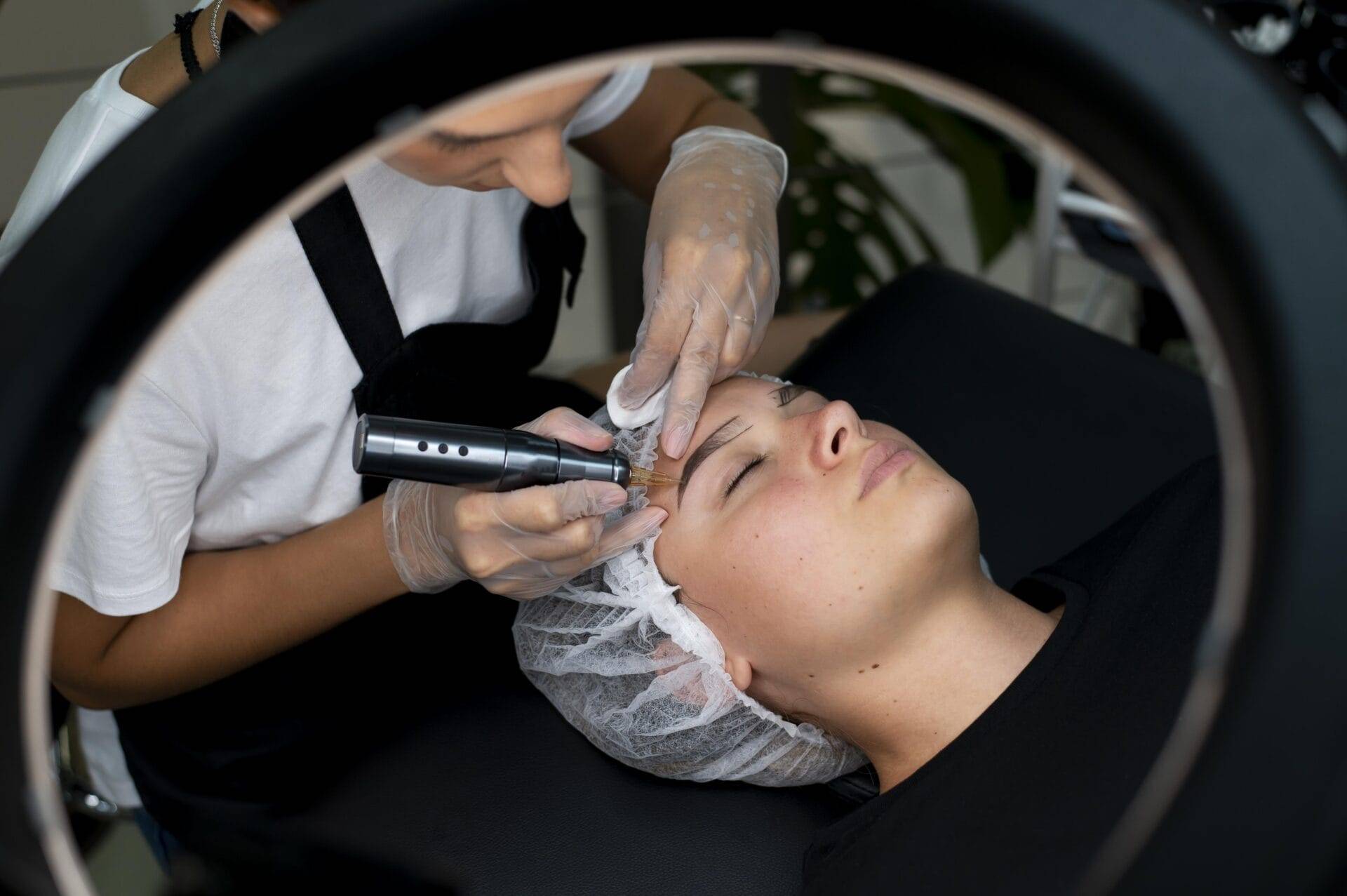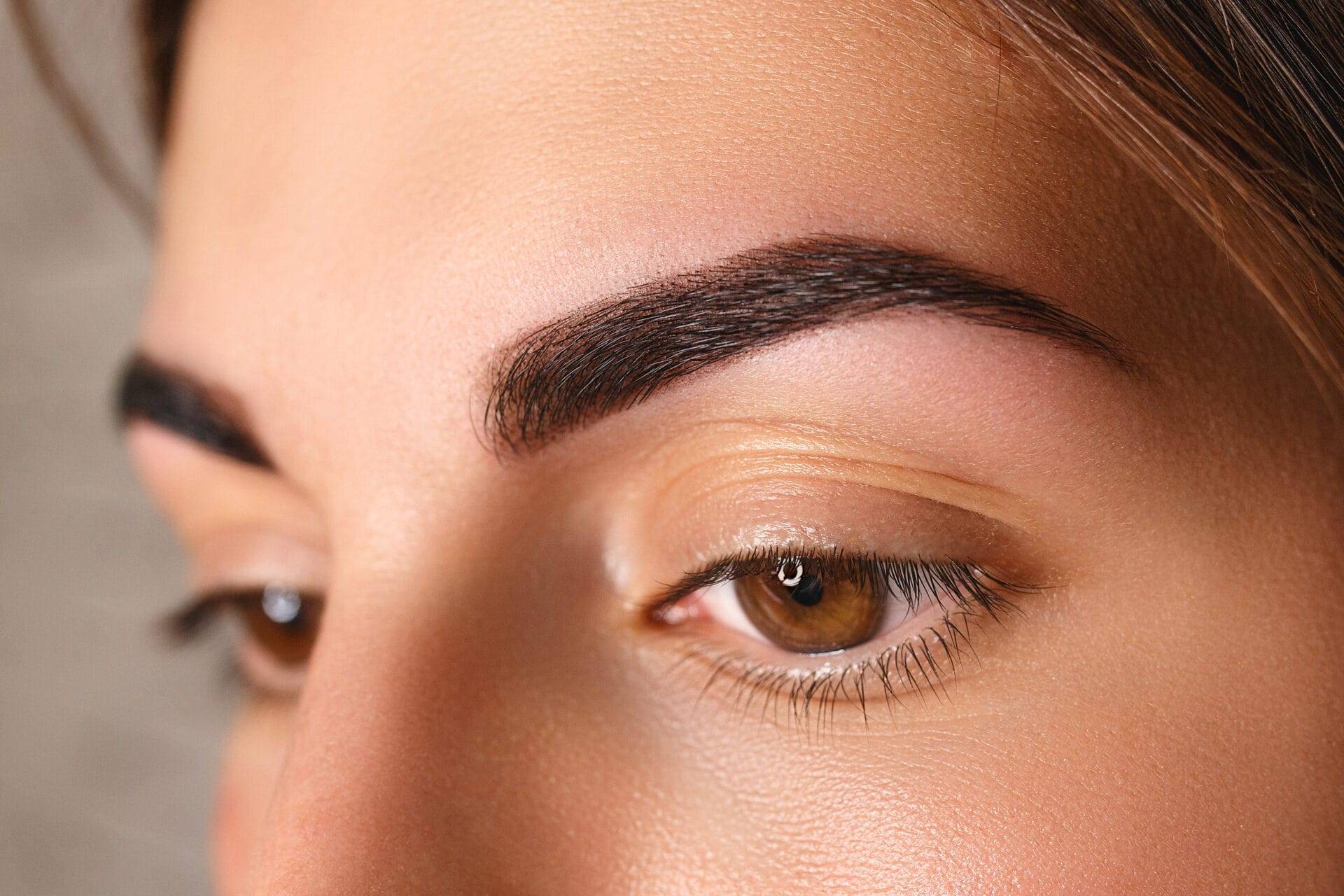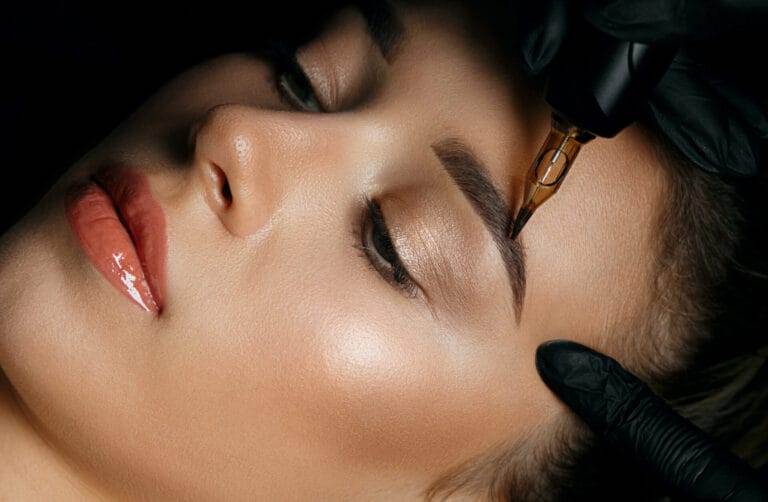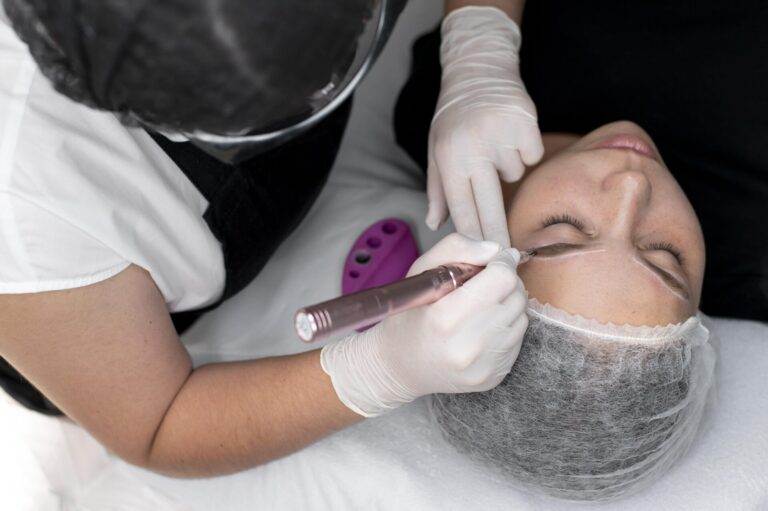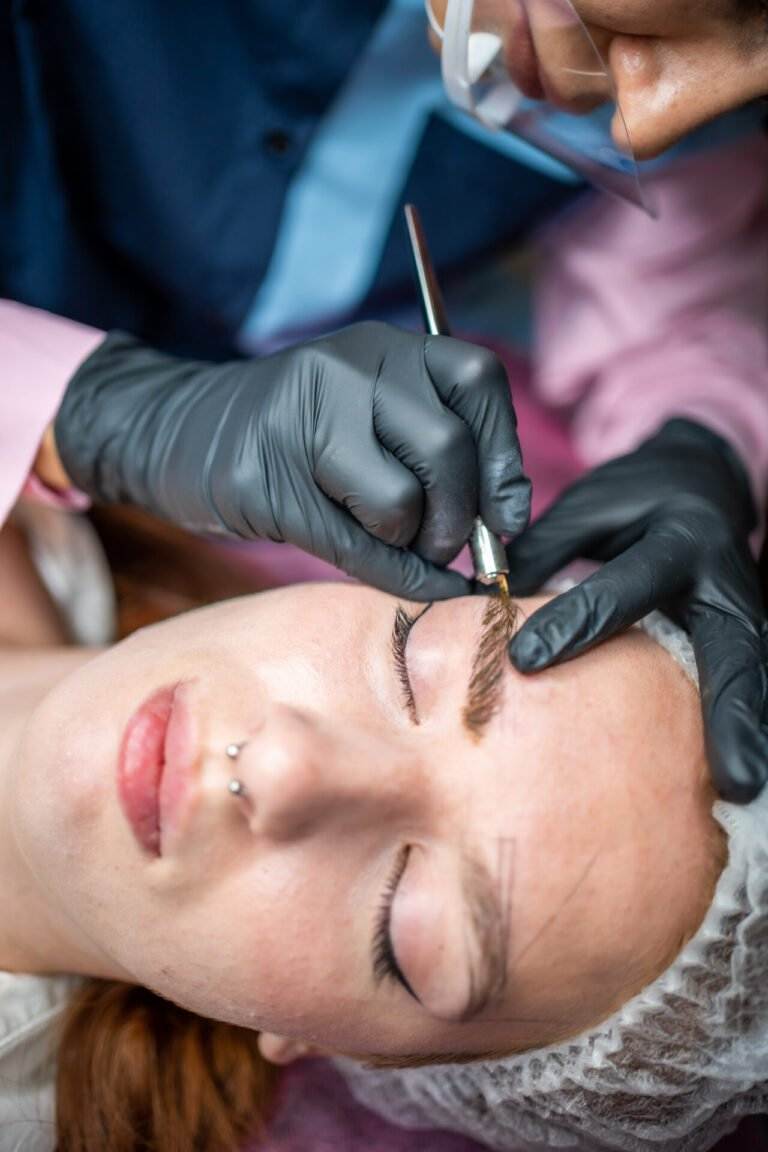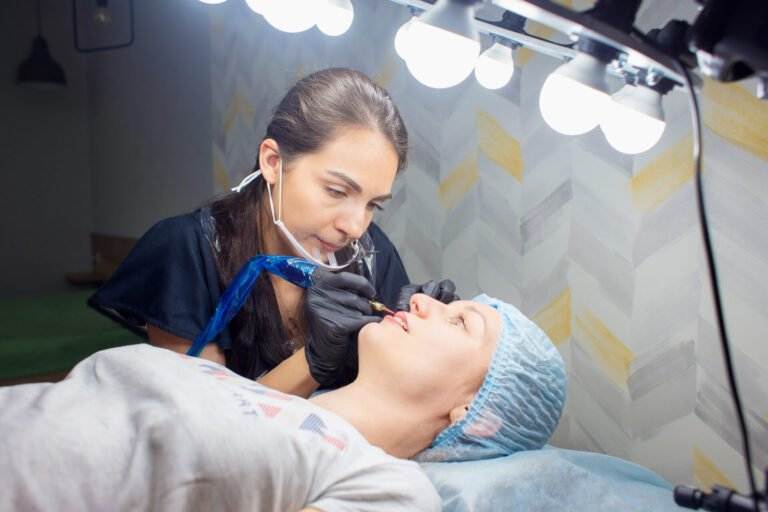What is Microblading?
Microblading is a semi-permanent makeup technique that involves using a small handheld tool to create fine, hair-like strokes on the eyebrows. It is a form of tattooing where pigment is deposited into the upper layers of the skin, resulting in natural-looking brows that last for up to two years. This technique has gained popularity in recent years as it provides a way to achieve the perfect eyebrow shape and thickness without the need for daily maintenance.
Benefits of Microblading
Microblading offers several benefits that make it an attractive option for those looking to enhance their eyebrows:
- Natural-looking results: Microbladed eyebrows create a realistic and natural appearance, mimicking the look of real hair. The careful placement of individual strokes allows for a seamless blend with existing eyebrow hair.
- Time-saving: With microbladed eyebrows, there is no need to spend time filling in and shaping your eyebrows every day. The semi-permanent makeup saves time in your daily beauty routine.
- Long-lasting: Unlike traditional eyebrow makeup, which may smudge or fade throughout the day, microblading offers long-lasting results. The pigments used in the procedure are designed to gradually fade over time, providing a natural transition as your skin changes.
- Customizable: Microblading allows for a tailored approach to eyebrow shape, thickness, and color. The technician can work with you to create a design that complements your facial features and personal style.
- Confidence boost: Well-shaped eyebrows can significantly enhance your overall appearance and boost your confidence. Microblading provides a solution for those with thinning eyebrows or those who have lost their brows due to medical conditions or treatments.
In conclusion, microblading is a popular technique that offers natural-looking and long-lasting results. Whether you want to enhance the fullness of your eyebrows or redefine their shape, microblading can be a viable option to achieve the desired results.
Preparing for Your Microblading Appointment
Consultation and Patch Test
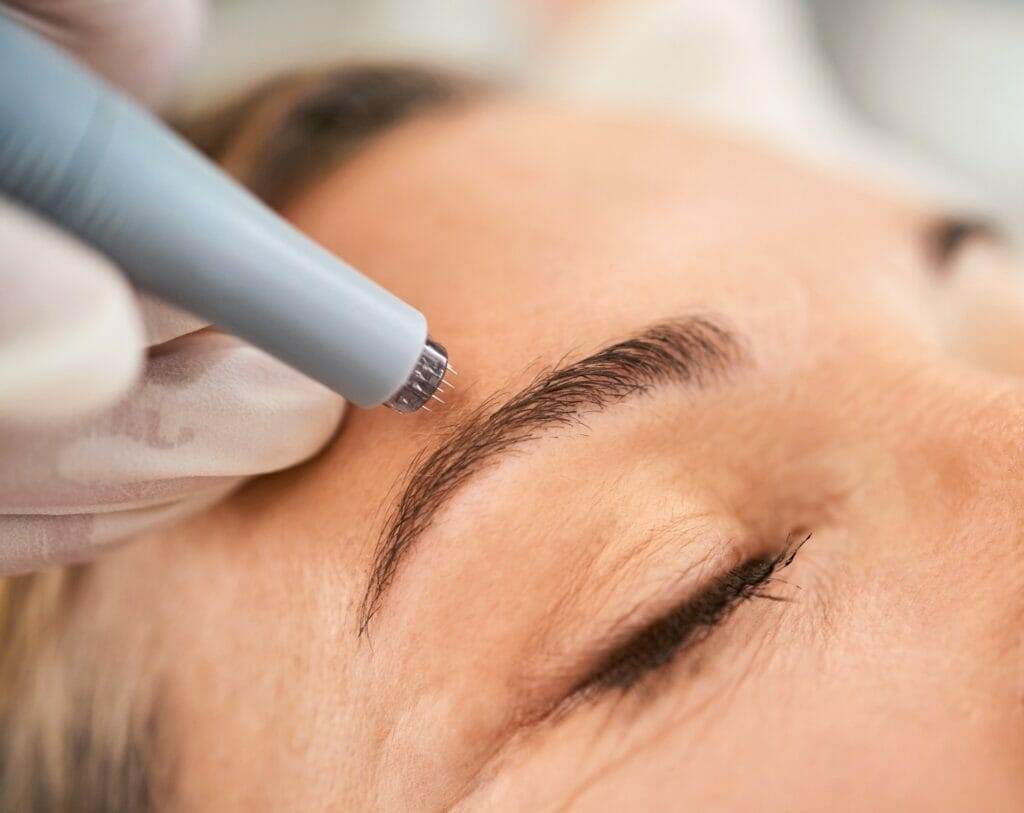
Before your microblading appointment, you will typically have a consultation with the technician. During this consultation, you will discuss your desired eyebrow shape, thickness, and color. The technician will also explain the microblading process, answer any questions you may have, and determine if you are a suitable candidate for the procedure.
As part of the consultation, a patch test may be conducted to check for any allergies or sensitivities to the pigments used in microblading. A small amount of pigment will be applied to a small area of your skin, usually on your inner arm. This will allow the technician to assess your skin’s reaction before proceeding with the full procedure.
Preparing Your Brows for the Procedure
To ensure the best possible outcome from your microblading appointment, there are a few steps you can take to prepare your brows:
- Avoid plucking, waxing, or threading your eyebrows for at least two weeks before your appointment. This will allow your brows to grow out and provide the technician with enough hair to work with.
- Avoid using retinol creams or exfoliants on your eyebrows for at least one week before your appointment. These products can thin the skin and increase the risk of bleeding during the procedure.
- Do not consume alcohol or caffeine on the day of your appointment, as they can thin the blood and increase the risk of bleeding and bruising.
- Arrive at your appointment with clean, makeup-free skin. This will allow the technician to properly assess your natural brow shape and customize the microblading procedure accordingly.
By following these guidelines, you can ensure that you are well-prepared for your microblading appointment and increase the chances of achieving the desired results.
The Microblading Process
Numbing and Mapping the Brows
Before starting the microblading procedure, the technician will apply a topical numbing cream to minimize any potential discomfort. This cream will need some time to take effect, typically around 30 minutes. While waiting for the numbing cream to work, the technician will map out your eyebrows using a specialized tool. This involves measuring and marking the desired shape and symmetry of your brows, taking into account your natural facial features and the brow goals discussed during the consultation.
Microblading Techniques and Pigment Application
Once your brows are numb and mapped, the microblading procedure can begin. The technician will use a small handheld tool with tiny needles to create shallow incisions in the skin in the shape of individual brow hairs. They will then apply the chosen pigment to these incisions, creating the appearance of natural-looking eyebrow hairs.
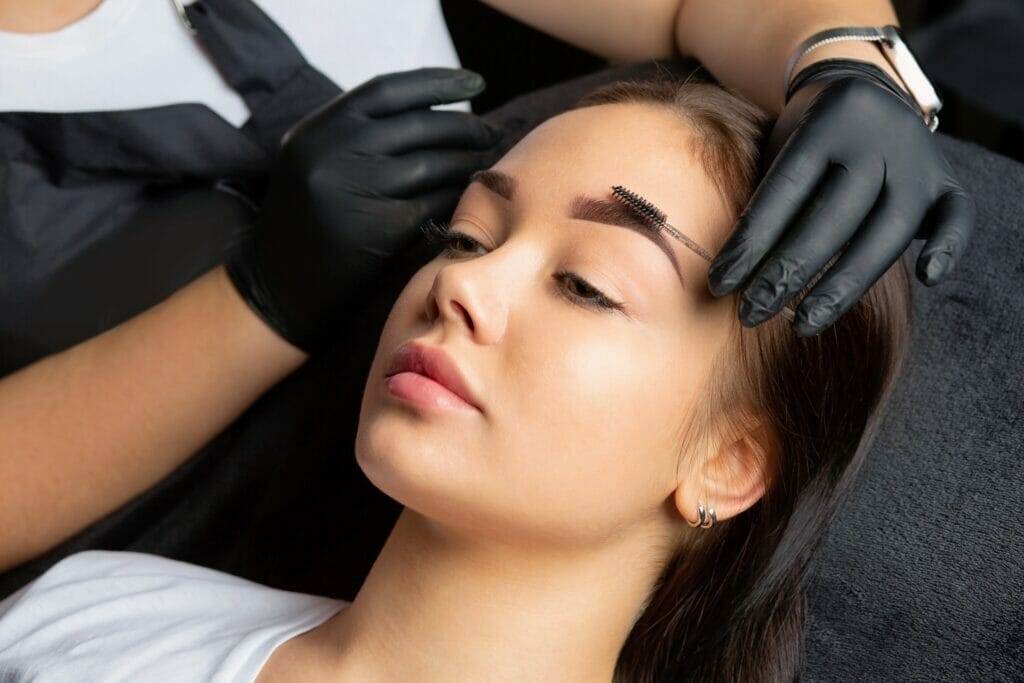
During the procedure, the technician may use various microblading techniques, such as feathering or shading, to achieve the desired brow effect. Feathering involves creating fine hair-like strokes for a more natural look, while shading adds more depth and density to the brows.
The pigment used in microblading is specifically formulated for the eyebrows and comes in a range of colors to match different hair shades and skin tones. The technician will select the most suitable pigment based on your preferences and natural coloring.
The entire microblading process usually takes around two hours, although it can vary depending on the technician and the complexity of the brow design. After the procedure is complete, the technician will apply a soothing ointment to help with the healing process and provide aftercare instructions to ensure optimal results.
Aftercare for Beautiful Brows
Understanding the Healing Process
After completing the microblading procedure, it’s important to understand the healing process to ensure the best possible results. Initially, the treated area may appear darker and more intense than desired, but this is normal and will fade over time. Over the next week or two, the brows will go through a healing process, during which scabbing and flaking may occur. It is crucial not to pick or scratch at the scabs, as this can interrupt the healing process and potentially affect the final outcome.
Proper Care Instructions and Products
To promote proper healing and maintain the longevity of your microbladed brows, it is essential to follow the aftercare instructions provided by your technician. These instructions may include:
- Avoid getting the brows wet for the first 24 to 48 hours after the procedure.
- Apply a thin layer of the provided ointment or aftercare cream to the treated area twice a day for the recommended duration.
- Avoid excessive sweating, swimming, or exposure to direct sunlight during the healing process.
- Refrain from using any makeup or skincare products directly on the treated area until it has completely healed.
- Avoid picking or scratching at the scabs, as this can cause pigment loss and affect the final result.
Using the recommended aftercare products, such as gentle cleansers and moisturizers, can help protect the newly microbladed brows and enhance the healing process. It’s crucial to remember that everyone’s healing process may vary, so it’s important to consult with your technician if you have any concerns or questions during the healing period.
By following the aftercare instructions and properly caring for your freshly microbladed brows, you can ensure they heal beautifully and maintain their desired appearance for an extended period.
Common Microblading Concerns
Pain and Discomfort
During the microblading procedure, some individuals may experience mild discomfort or a sensation similar to eyebrow plucking. However, the pain level is generally low, thanks to the application of a topical numbing cream before the procedure begins. It is important to communicate openly with your technician about any pain or discomfort you may be feeling during the process. They can adjust the numbing cream or provide additional reassurance to help you feel more comfortable.
Allergic Reactions and Infections
Allergic reactions and infections are rare but possible risks associated with microblading. To minimize the chances of an adverse reaction, it is crucial to inform your technician about any known allergies or sensitivities. They can then perform a patch test to check for potential reactions before proceeding with the full procedure. Additionally, ensuring that the technician uses sterilized and disposable tools during the process can reduce the risk of infections.
While it is normal to experience some redness, swelling, and mild tenderness immediately after the microblading procedure, any excessive pain, severe swelling, or signs of infection should be reported to your technician promptly. They can provide guidance on the appropriate steps to take to address these concerns and ensure your safety.
In summary, understanding and addressing common microblading concerns can help individuals feel more confident and informed before undergoing the procedure. By openly communicating with their technician and following proper aftercare instructions, individuals can enjoy the benefits of beautifully microbladed brows with minimal discomfort or complications.


